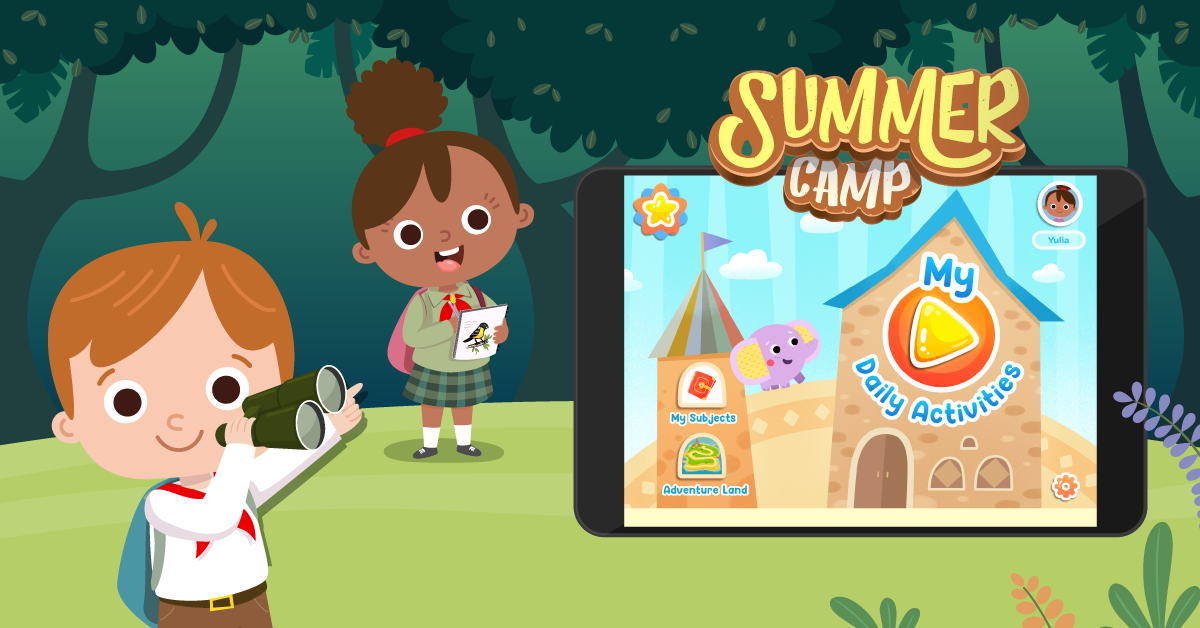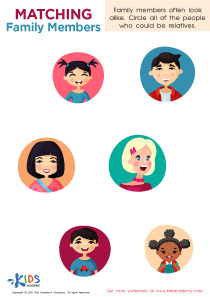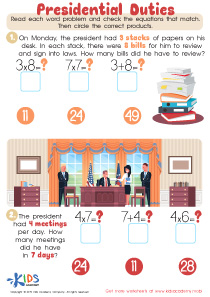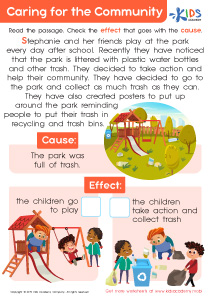Vocabulary expansion History Worksheets for Ages 4-8
8 filtered results
Difficulty Level
Grade
Age
-
From - To
Subject
Activity
Standards
Interactive
Favorites
With answer key
Interactive
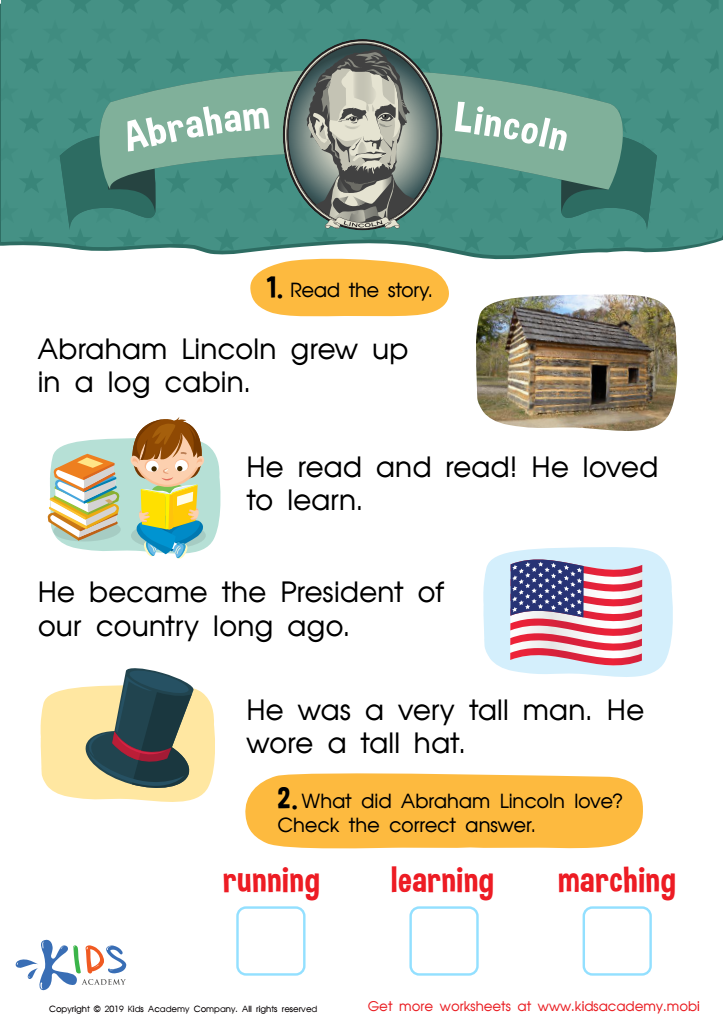

Abraham Lincoln Worksheet
Let your kids listen to interesting stories while having fun! Read the short story in this worksheet, point to the picture representing each sentence, then ask the questions and check the answers. Doing this will help your children learn new things and build their vocabulary.
Abraham Lincoln Worksheet
Worksheet
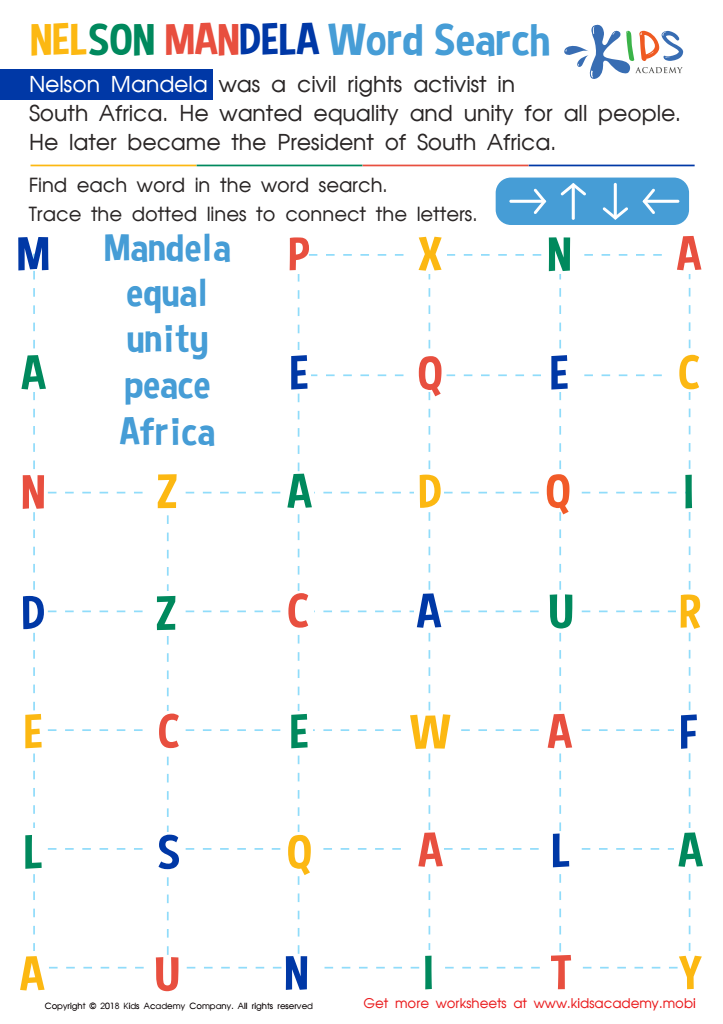

Nelson Mandela Word Search Worksheet
Kids love word searches! This fun, free worksheet teaches about the civil rights activist Nelson Mandela. It includes traceable lines and words related to him, helping improve fine motor skills. A great way to learn about a great man!
Nelson Mandela Word Search Worksheet
Worksheet
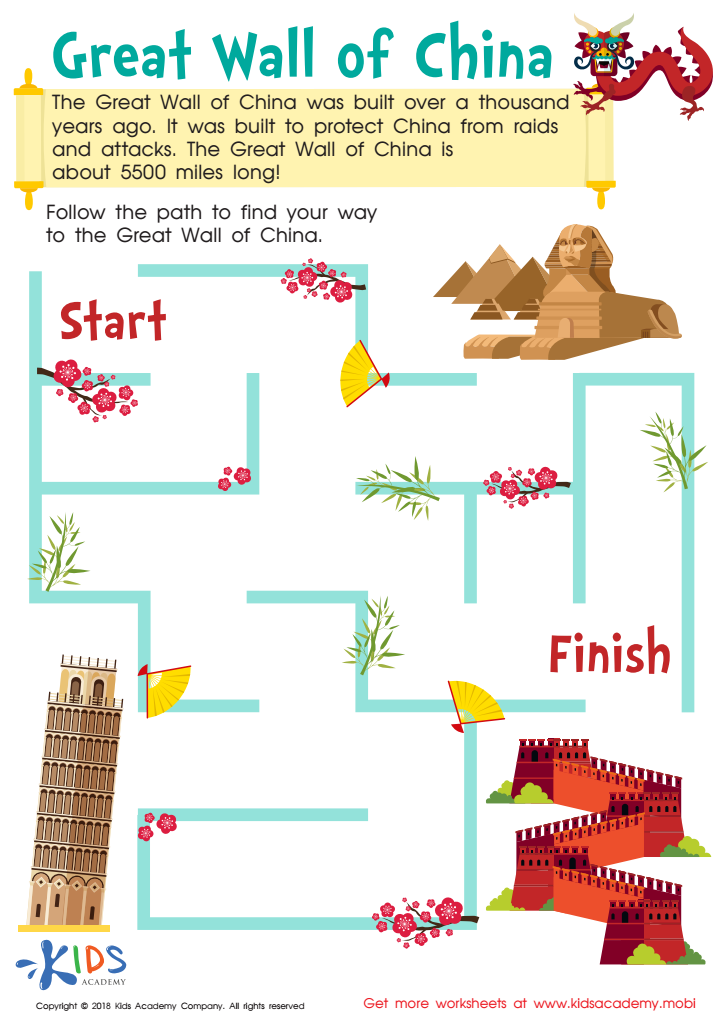

Great Wall of China Worksheet
Kids love learning about other countries and cultures. This PDF worksheet teaches them about the 1000-year old Great Wall of China - built to protect the country from resource raids. Let them have fun winding their way through a maze to get to the Wall!
Great Wall of China Worksheet
Worksheet
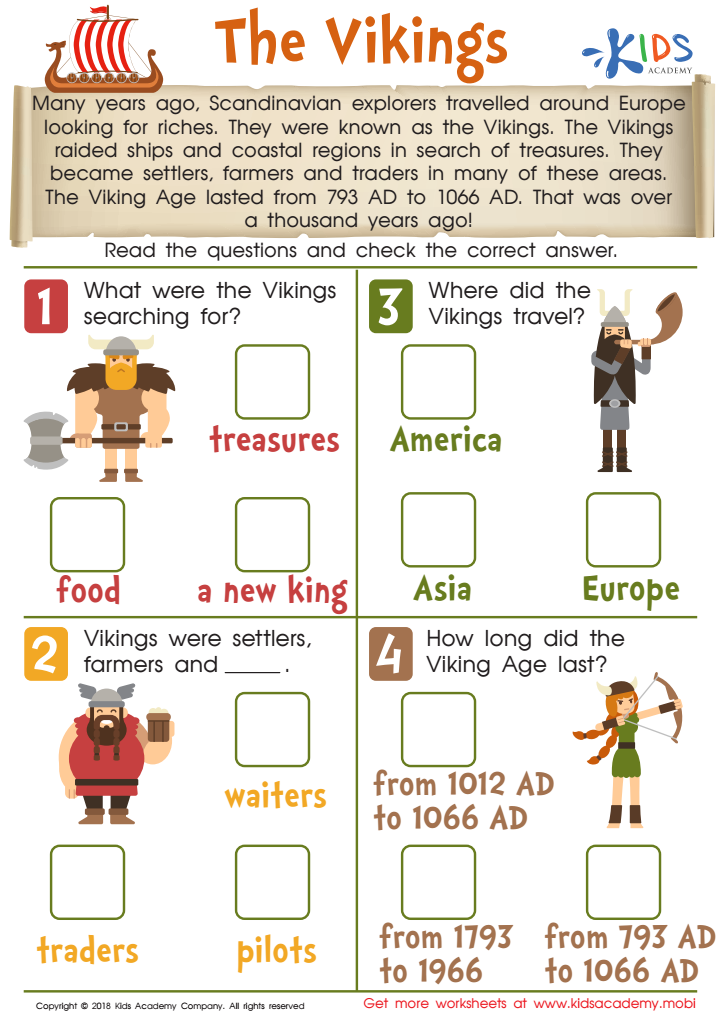

The Vikings Worksheet
This free worksheet introduces kids to the Vikings. They explore Europe looking for treasures, raiding, farming, settling, trading, and ruling 793AD-1066AD. With multiple-choice questions and colorful pictures, they'll learn and have fun!
The Vikings Worksheet
Worksheet
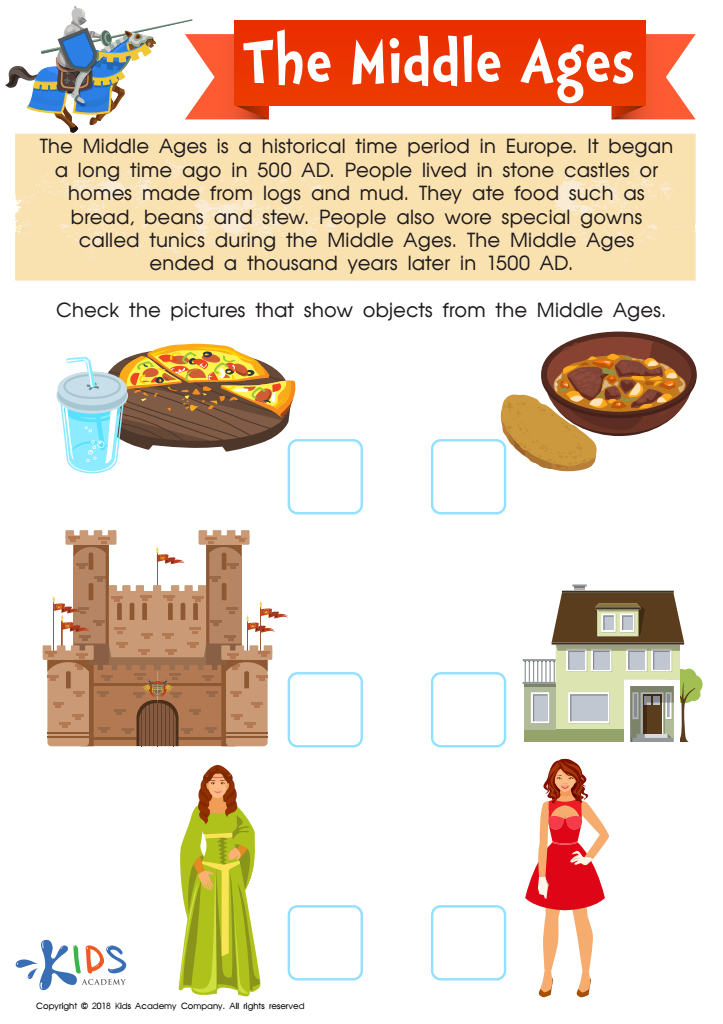

The Middle Ages Worksheet
History can be made exciting with this PDF! It encourages kids to compare and contrast the Middle Ages. They'll explore what people lived in, ate and wore back then, then compare those characteristics to modern day. Kids can check boxes next to pictures that represent the Middle Ages to complete the activity.
The Middle Ages Worksheet
Worksheet
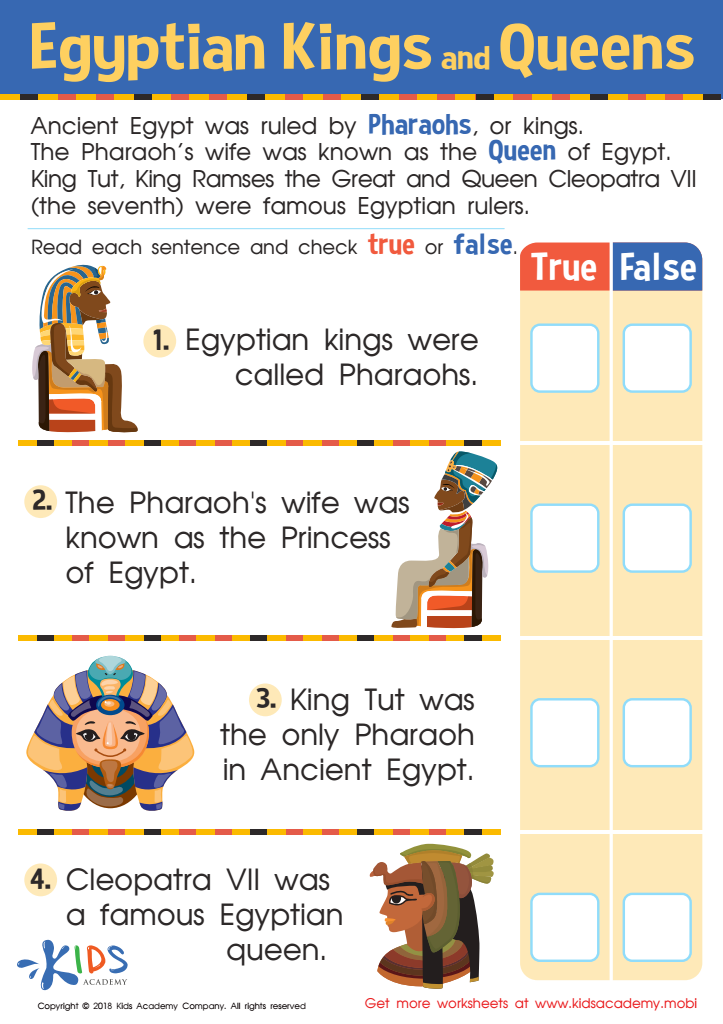

Egyptian Kings and Queens Worksheet
Want to help your child brush up on world history lessons? Kids Academy offers a fun social studies worksheet on Ancient Egyptian rulers. From King Tut to Queen Cleopatra, they'll learn about famous Egyptian rulers not found in modern times. The activity includes a brief description followed by true/false questions. Give it a try and see just how much your child knows!
Egyptian Kings and Queens Worksheet
Worksheet
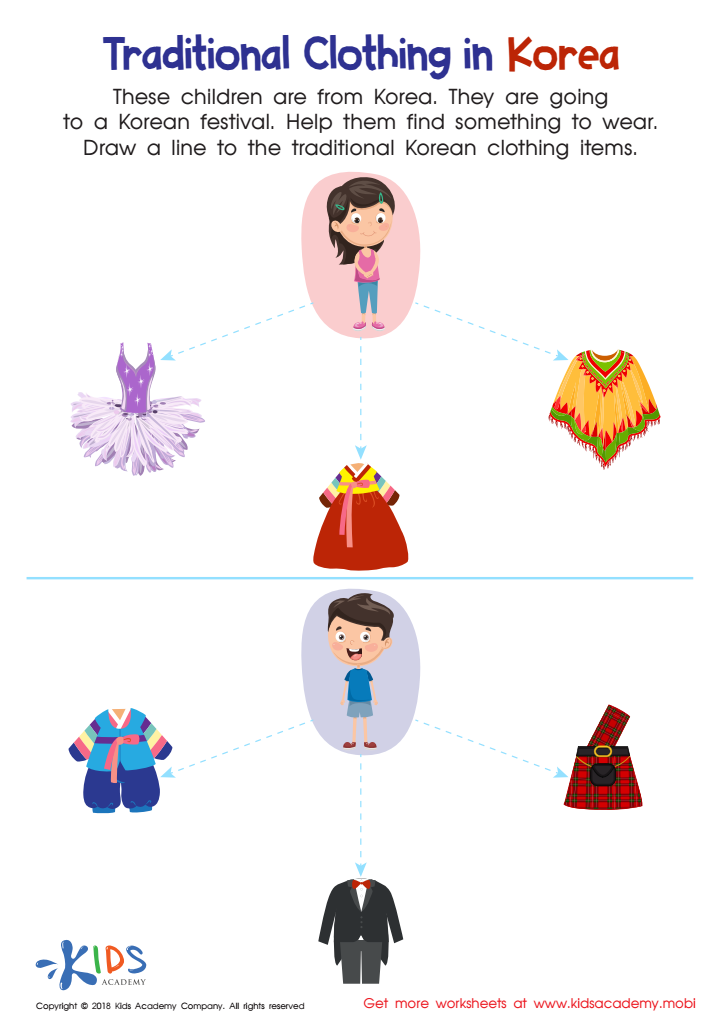

Traditional Clothing in Korea Worksheet
Students can explore global cultures through this fun PDF worksheet. It introduces Korean children and a Korean festival. Students can choose the children's clothing using traceable lines. It's essential for our globally connected students to learn about different traditions, clothing, foods and cultures of other countries.
Traditional Clothing in Korea Worksheet
Worksheet
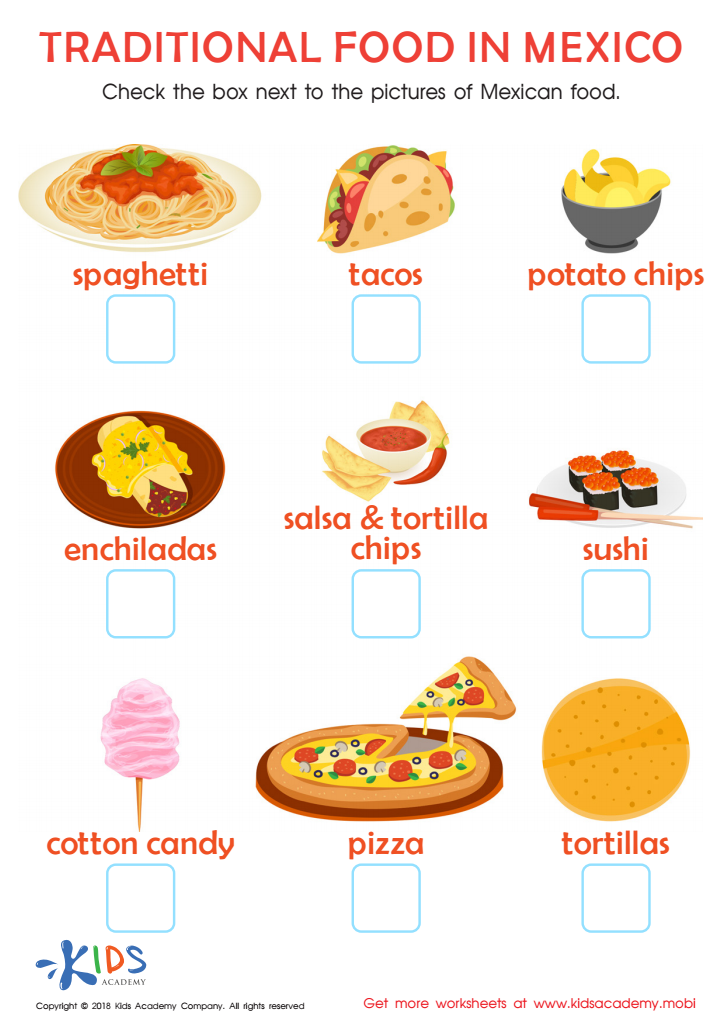

Traditional Food in Mexico Worksheet
This colorful worksheet offers a great opportunity to learn about traditional Mexican foods, build vocabulary and practice visual discrimination. As many of the words are not phonetic, this practice can help improve fluency, vocabulary and comprehension when encountered in reading. Culturally diverse, it's great for readers looking to expand their knowledge.
Traditional Food in Mexico Worksheet
Worksheet

 Assign to My Students
Assign to My Students



